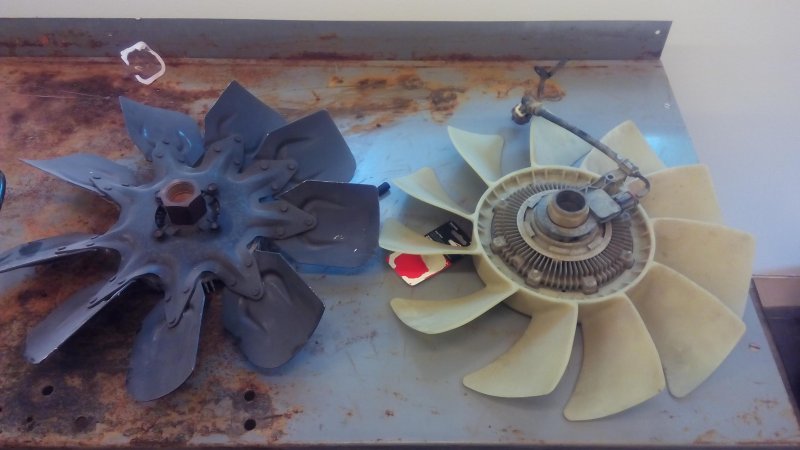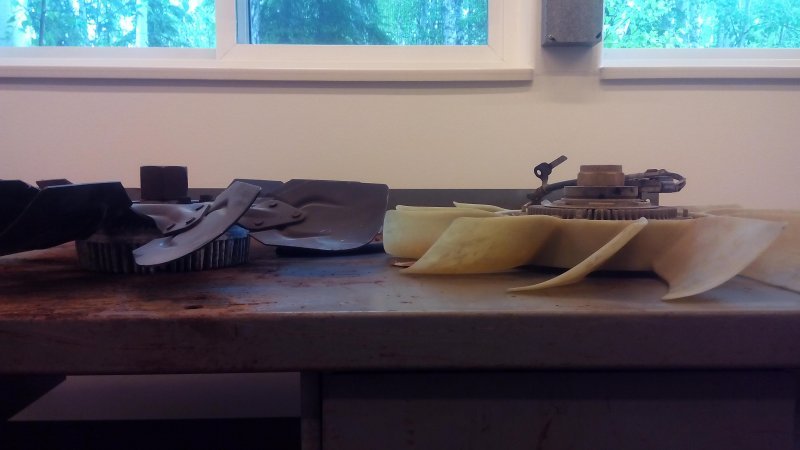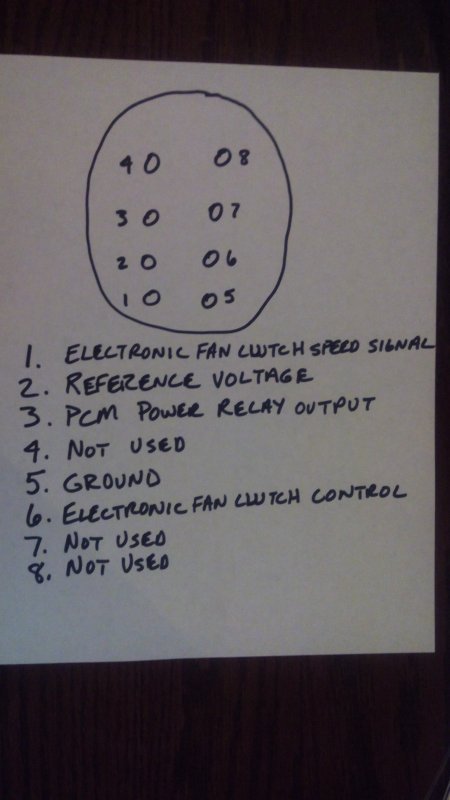schiker
Well-Known Member
Jay if I am understanding it the Horton does use PWM to control the fan clutch but it appears it has some feed back and logic to the algorithm. It appears to use at least the engine RPM and again if I understand it varies the PWM to achieve a fan speed in relation to the engine rpm according to cooling programmed points.



